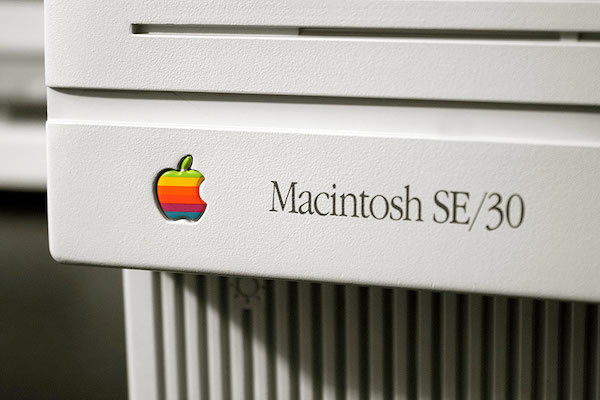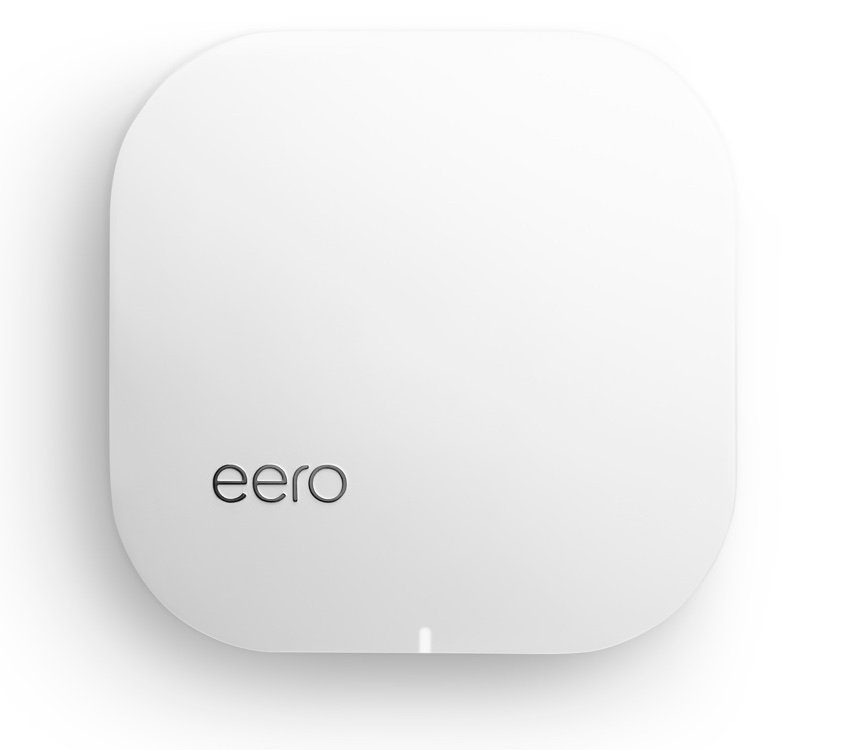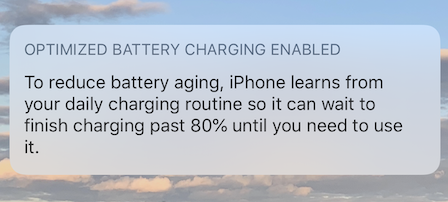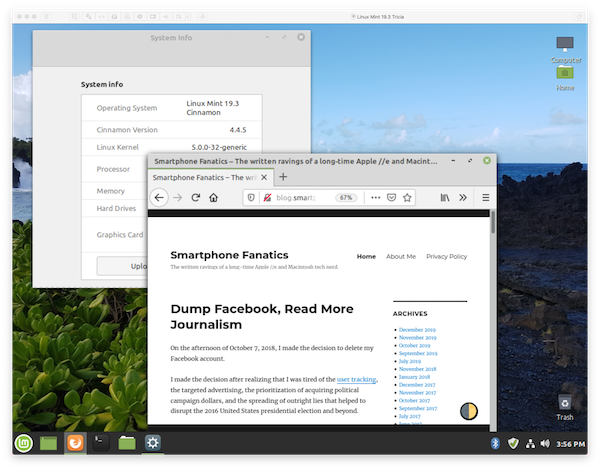On Monday, June 22, Apple is set to hold its annual World Wide Developers Conference (WWDC). An annual event since 1987, this year’s event will be unlike any other. Due to COVID-19, WWDC20 will be a completely online event this year.
The WWDC conference is an opportunity for developers of applications on Apple’s platforms to come together to learn about new features, attend technical sessions, and have one-on-one appointments with Apple engineers who are responsible for building and maintaining the operating systems and platform features that application are built upon. In previous years, developers would enter a lottery to purchase a $1,600 ticket to attend the weeklong conference. Anyone one has attended a business software user conference already has a good idea of what’s packed into WWDC week.
There are two important keynote presentations during the week. The first is the morning’s Special Event Keynote lead by Apple CEO Tim Cook and his lieutenants. This presentation is intended for the media and customers as it focuses on the flashy new software that will start rolling out in September and throughout the coming 12 months. In short, this is the sneak peek at what will be included in the next release of iOS and Apple’s other operating systems and online software services. The second is the afternoon’s Platforms State of the Union keynote address. This is the first developer-y presentation of the week. This presentation lead by the software engineers lacks all of the glitz of the morning’s session but is the meat and potatoes that software developers who write for Apple platforms are here for.
In addition to all of the first-party Apple events that take place during WWDC week, an entire cottage industry has sprung up around WWDC. During the same week, third-party conferences, most notably, Layers and AltConf take place. There are the live shows for popular Apple-focused podcasts such as The Talk Show Live, Accidental Tech Podcast (ATP) Live, and Relay FM’s Connected Live. These are all great conferences and podcasts to be sure and I enjoy watching them each year. For me specifically, a non-developer tech enthusiast, the proposition of attending WWDC, third-party conferences, or podcast live shows is just too costly. I really do miss the regional shows, like MacWorld Expo and New York Tech Expo. In 2020, holding large independent consumer shows just isn’t economical anymore when so much tech news is available online. (I also miss the printed MacWorld, MacWeek/PCWeek, and ComputerWorld magazines, but now I’m just showing my age as a cranky old man.)
This year, COVID-19 has completely turned the tables for the week’s plans. The all-online format for WWDC should be more inclusive for everyone. The online format, for this year at least, eliminates the expensive ticket price. To gain full access to pre-release beta software and one-on-one sessions, a very reasonable $99 annual fee must be paid by serious developers. The added expenses for hotels, meals, and travel are also eliminated this year. In year’s past, being selected for the privilege to buy a ticket and then having to pay for all of the extras made attending WWDC a very costly endeavor. This year, the online format is a much more equitable situation that reduces costs and should allow more developers to participate. And that is a good thing for everyone, in my opinion.








